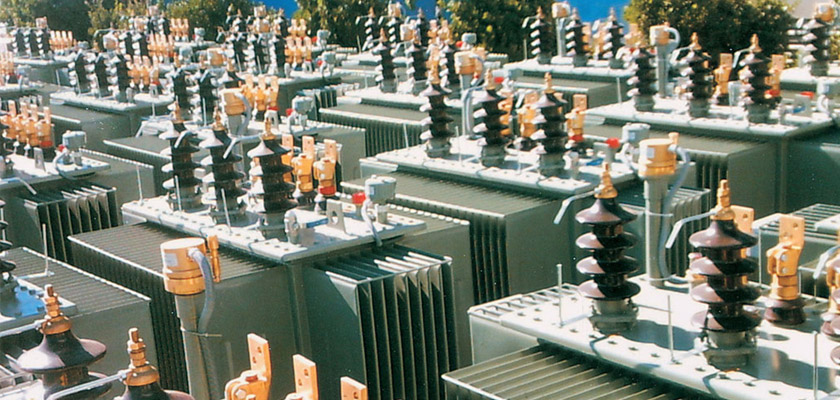Transformers are devices used to transfer electrical energy between two or more circuits through electromagnetic induction to increase or decrease the alternating voltages in electric power applications. These devices mainly consist of a laminated magnetic core, and windings wound over it, which are insulated from the core as well as from each other. There are a variety of transformers available in the market. You must choose the most appropriate transformer based on where and how you would want to use it. To learn about and get the most suitable transformer for your application and purpose, you can get in touch with Miracle Electronics, the leading transformer manufacturer in India, who not only provides a wide range of high quality devices, but can also help you customize your transformer. In this blog, we will help you generally know about the various types of most popularly used transformers based on a variety of parameters.
Based on core
Based on the core, transformers can be divided into core type and shell type. Core type transformers have a rectangular core with windings wound around the limbs of the core. Both the limbs of the frame contain half primary and half secondary windings so that the leakage reactance is reduced. Also, low voltage windings are placed inside high voltage windings to reduce the insulation requirement of high voltage windings. On the other hand, shell type transformers have three limbs in the core – a central limb and two side limbs. Here, the windings are wound around the central limb, and the high voltage windings are sandwiched between the low voltage windings. Considering the advantages and disadvantages of both these types of transformers, it is the core type transformers that are more universally used.
Based on the number of phases
Two basic types of transformers, depending on the number of phases, include single phase and three-phase transformers. In single phase, there is only one primary and one secondary winding required to achieve voltage transformation. Conversely, in three-phase, power is generated by rotating three windings through a magnetic field within the generator, which is then sent to three different lines. Therefore, three-phase transformers require three windings to be connected in the proper order to match the incoming voltage. Single phase transformers are used in residential areas and non-industrial businesses to supply ample power for smaller customers. Three-phase transformers, on the other hand, are used in large industries and manufacturing units where high density power is required.
Based on application
The two basic types of transformers classified on the basis of the application they are used with are – step-up transformers and step-down transformers. Step-up transformers are those that raise the input voltage to a higher voltage level, while step-down transformers are those that reduce the input voltage to a lower voltage level. This is the basic difference between these two types of transformers. This means that the input voltage for step-up transformers is low with the secondary winding being the high voltage-low current winding and primary winding being made up of thick insulated copper wire (and just the opposite for step-down transformers). Step-up transformers are used in power plants, microwaves and X-ray machines. Step-down transformers are used in doorbells and voltage converters.




